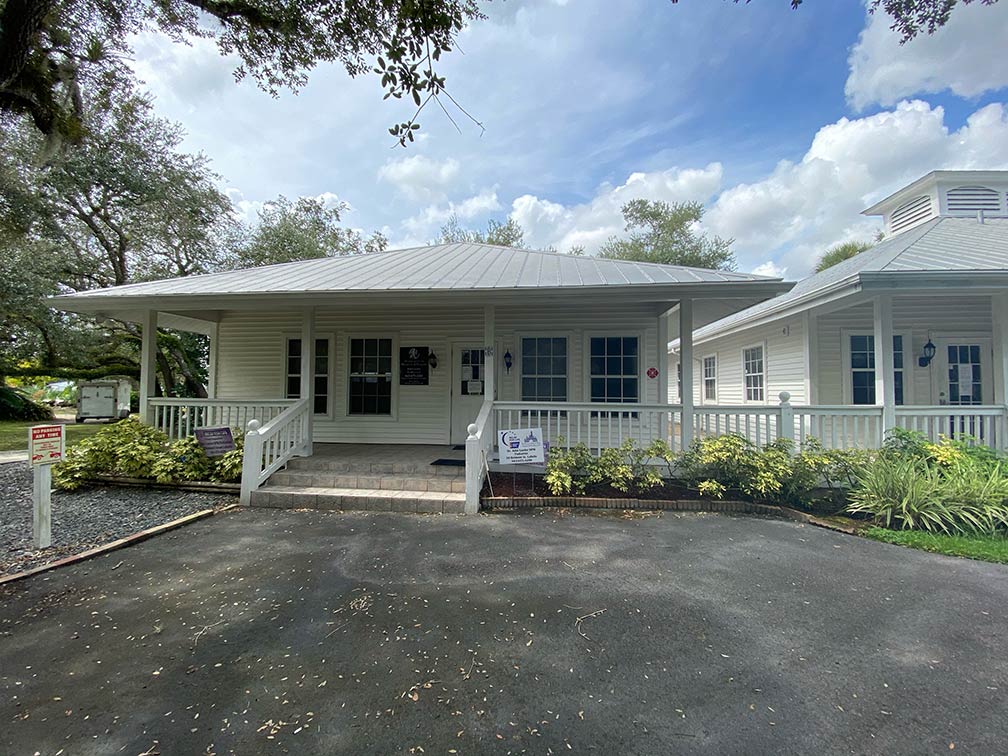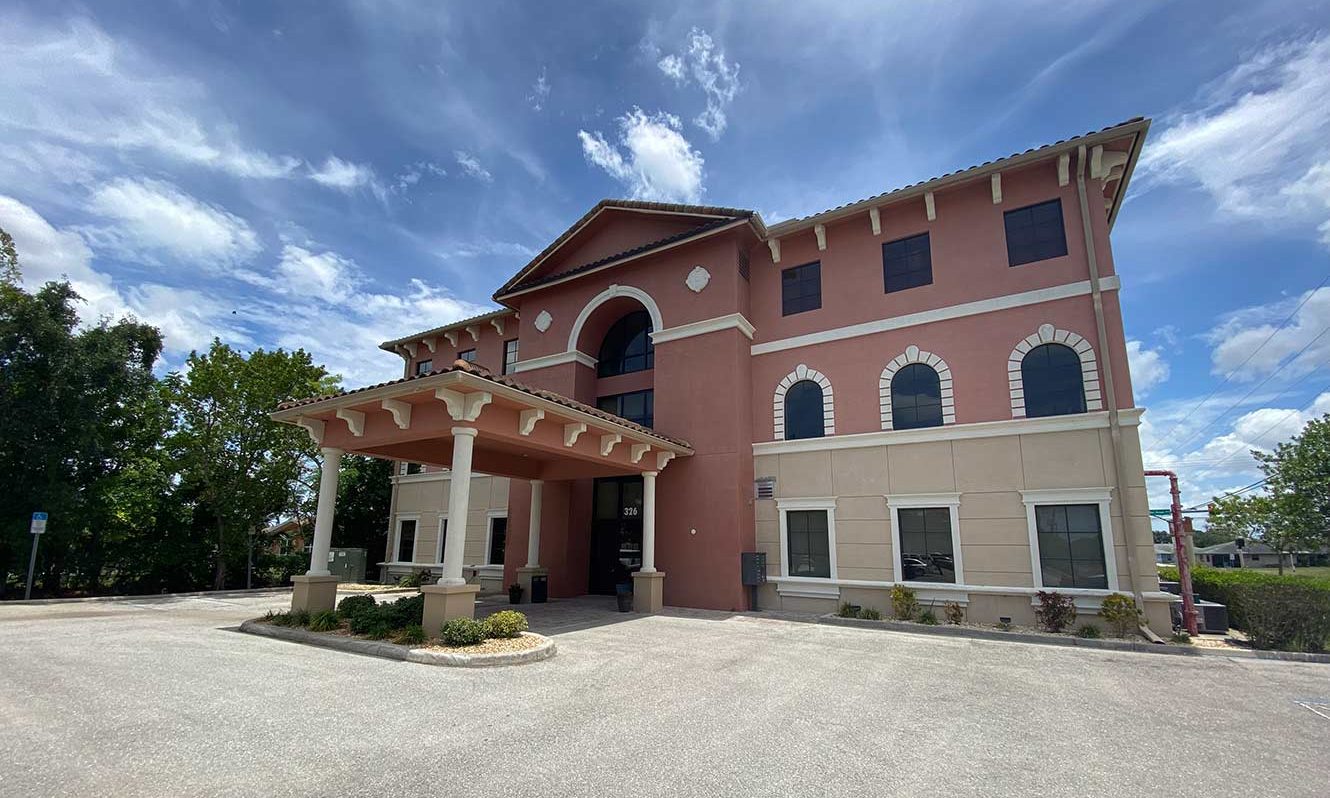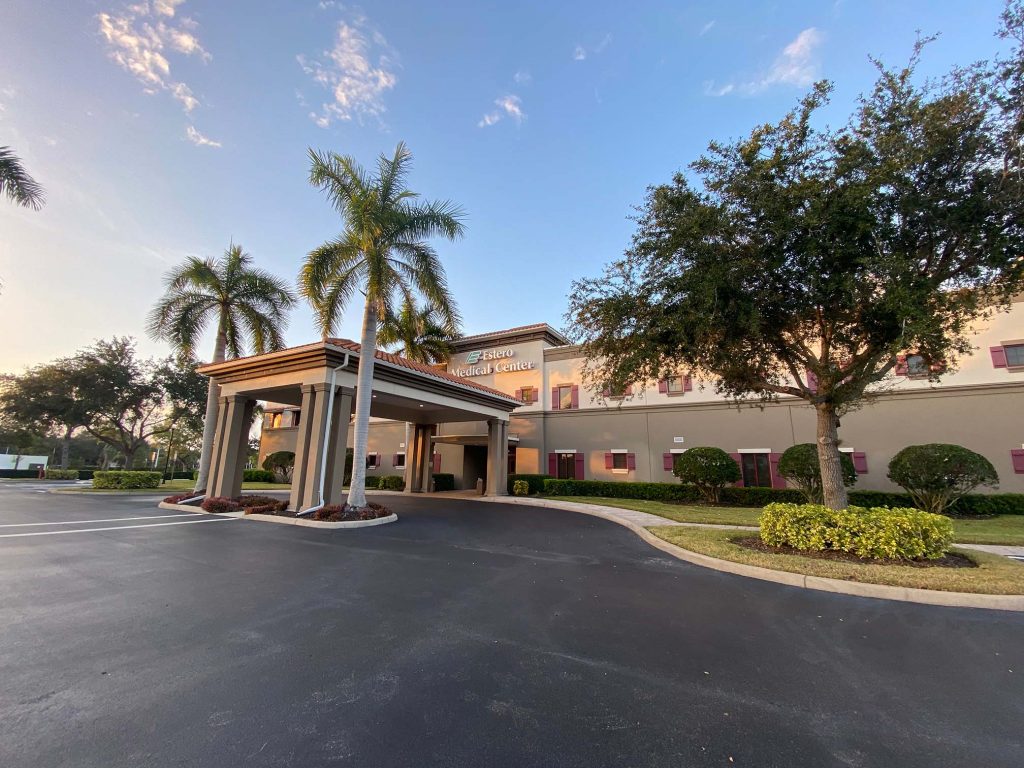What are Bunions?
Bunions are often described as an enlarged bump on the side of the big toe. The visible bump actually reflects changes in the bony framework of the front part of the foot. When bunions form, the big toe leans toward the second toe, rather than pointing straight ahead. This throws the bones out of alignment, producing the bunion’s “bump.” Bunions are a progressive disorder. They begin with a leaning of the big toe, gradually changing the angle of the bones over the years and slowly producing the characteristic bump, which continues to become increasingly prominent. Usually the symptoms of bunions appear at later stages, although some people never have symptoms.
Tailor’s bunion, also called a bunionette, is an enlargement of the fifth metatarsal bone at the base of the little toe. The metatarsals are the five long bones of the foot. The enlargement that characterizes a tailor’s bunion occurs at the metatarsal “head,” located at the far end of the bone where it meets the toe. Tailor’s bunions are not as common as bunions, as described above, but both are similar in symptoms and causes.
Symptoms of Bunions
The symptoms of bunions and tailor’s bunions include redness, swelling and pain at the site of the enlargement. These symptoms occur when wearing shoes that rub against the enlargement, irritating the soft tissues underneath the skin and producing inflammation.
Treatment Options
Bunions are tough for a clinician to address with the patient. There are multiple components that factor into the decision to treat a bunion conservatively or aggressively. Many patients that present to our office with Bunion complaints.They generally have the complaint of either the visual deformity of a bunion or pain coming from the joint or surrounding areas. When our podiatrists are evaluating the patient and their ” Bunion ” they factor in whether the patient is more concerned about the pain they are experiencing or the visual aspect of a bunion deformity (this is very prevalent in women in SWFL as they are very active and spend the majority of time in open toed shoes). This allows the physician to discuss the pros and cons of conservative treatment vs. aggressive surgical intervention. Conservative care is generally suggested for patients who have mild-moderate bunions that aren’t high on the pain scale. This is suggested due to the 4-6 down time of a bunion surgery, which is limiting due to the aforementioned lifestyle of our demographic in SWFL. Aggressive surgical intervention or even some MIS (Minimally Invasive Surgery) bunion procedures are recommended when the Bunion deformity is either causing stress to the surrounding structures in the forefoot, or the patients’ level of pain is hindering walking, activities, or the joy of their lives. Seeking the care of a Board Certified Foot & Ankle Surgeon should be your first step when looking for more information or if you think you have a bunion, and it’s causing you pain or discomfort. Find a Location nearest you below or Call Today to schedule an evaluation of your Bunion 239-481-7000








